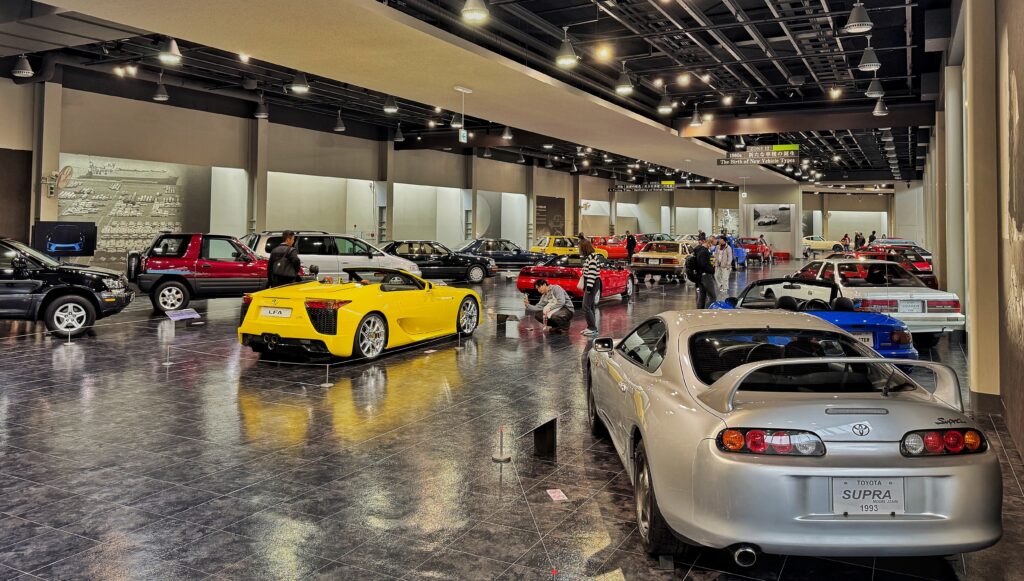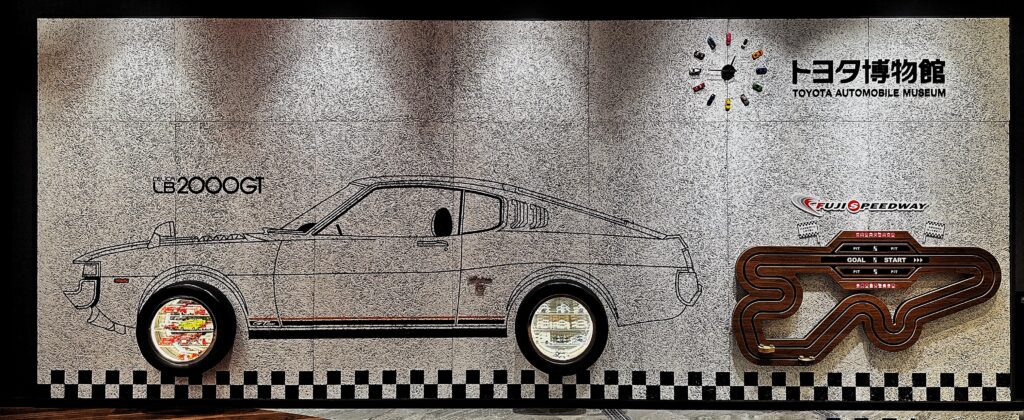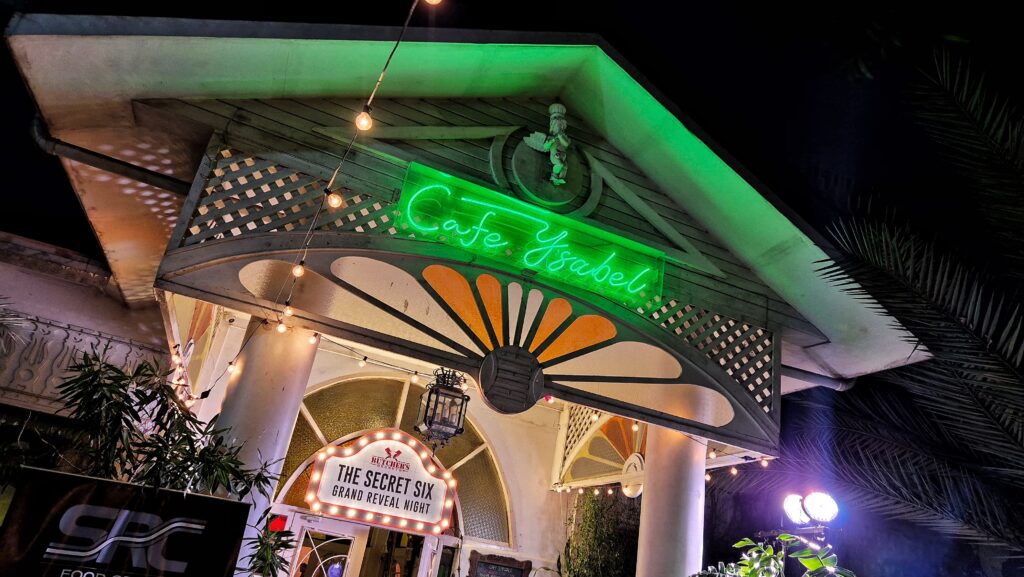Mobility is dignity.

I do not remember where I came across this statement, but it is very much true.

The automobile has been instrumental in bringing about the human race’s personal mobility, allowing humankind to cover vast distances at their convenience. In many ways, the automobile has been part of a person’s top three purchases in life (the other being a home and education).
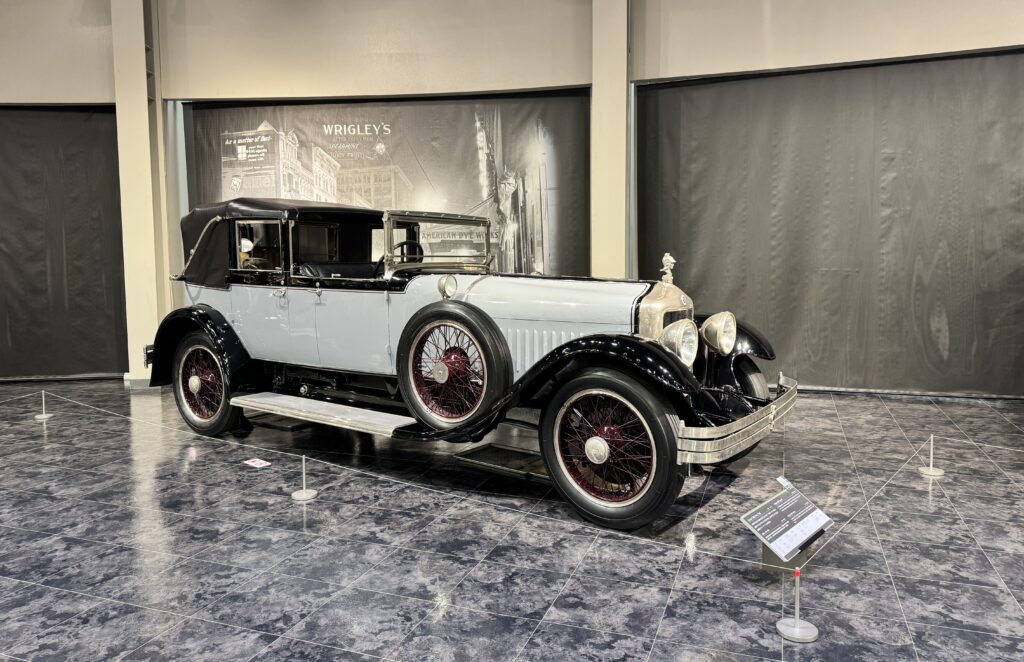
The automobile has also evolved into a form of expression: the type of vehicle you own represents your persona.

As such, automobiles have also become a status symbol: the type of vehicle you drive signifies your wealth and achievement in life.

One can arguably say that the automobile ranks as one of the greatest inventions in the history of humankind.
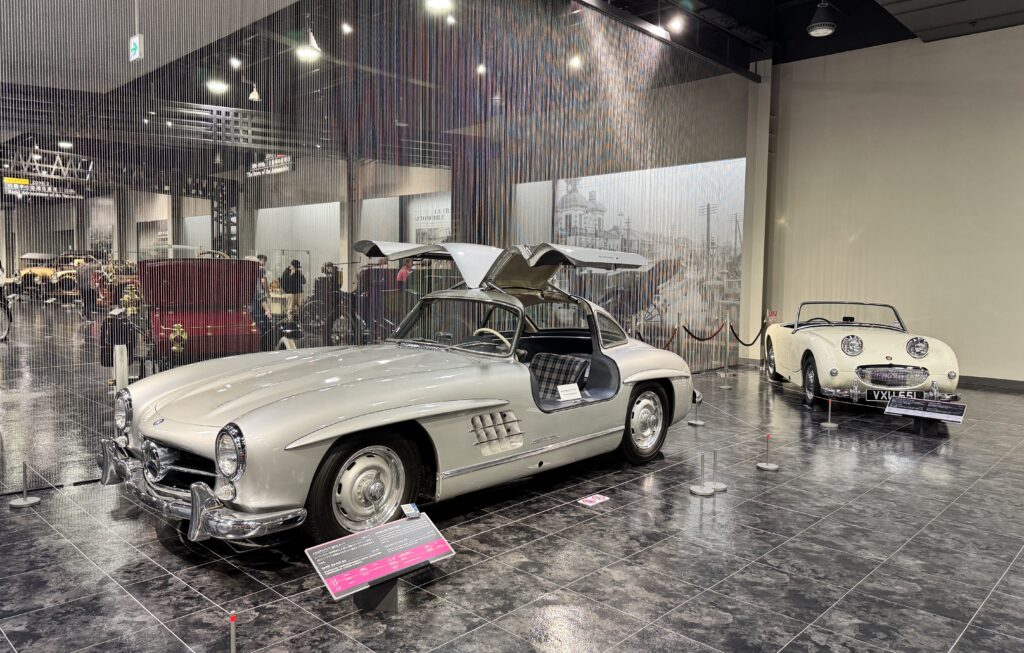
These things were on my mind following the recent 2025 Japan Mobility Show the week prior when, on my penultimate day in Japan, my good friends Pao and Jen Menina who hosted my extended stay suddenly suggested we take the Shinkansen to Nagoya. The goal? Visit the Toyota Automobile Museum in Aichi Prefecture.
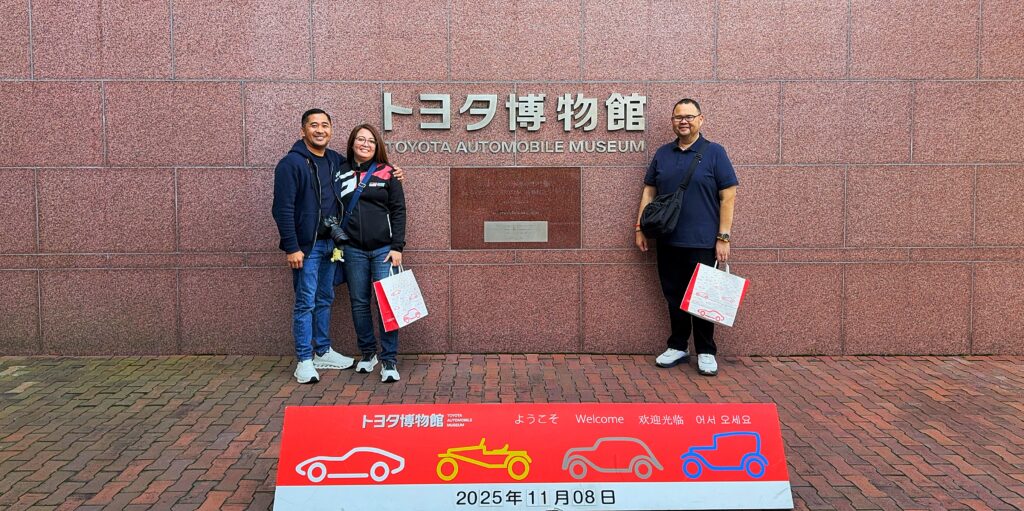
Even after numerous visits to Japan since 2005, I’ve never been to Nagoya and the rest of Aichi Prefecture, southwest of Tokyo. It’s a very different vibe: the built-up area is just as impressive as Tokyo but far smaller. You can feel the energy, the hustle especially around Nagoya Station, but it’s far more genteel elsewhere.
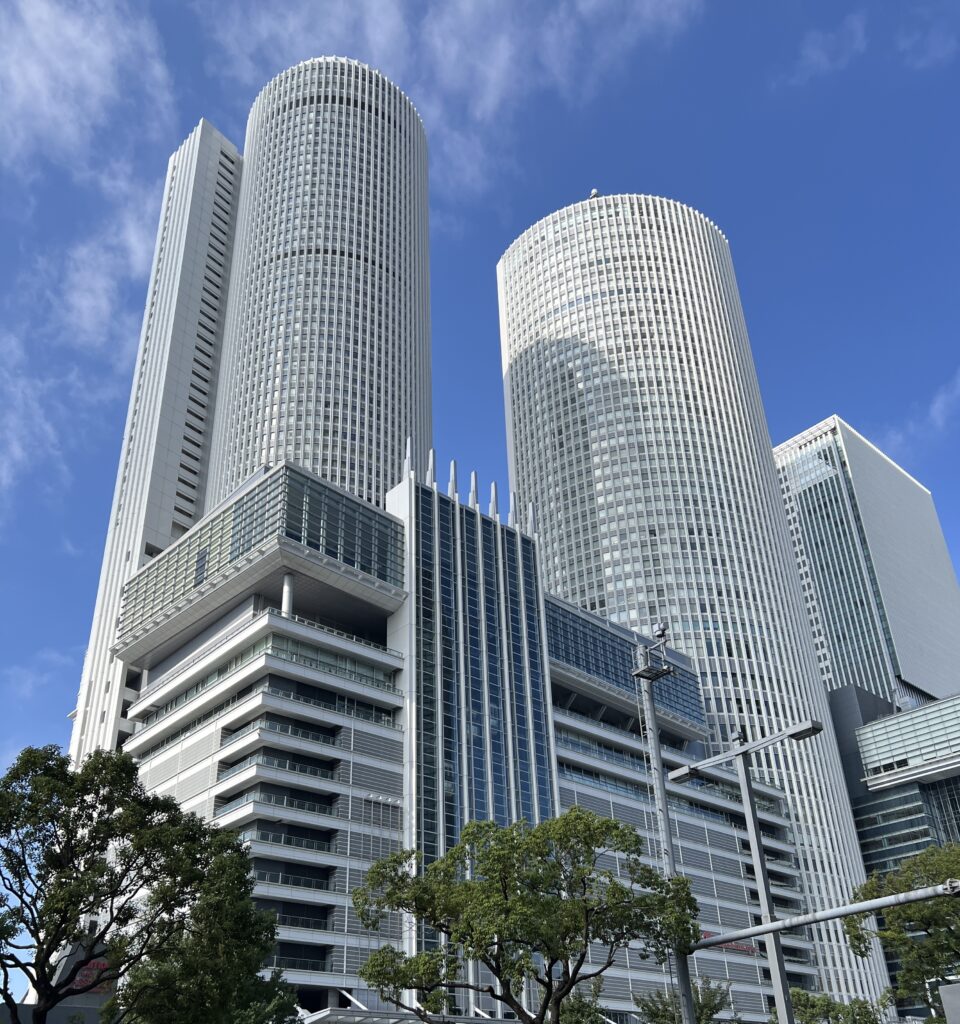
The people are more relaxed and laid-back, and car culture is very much alive here.
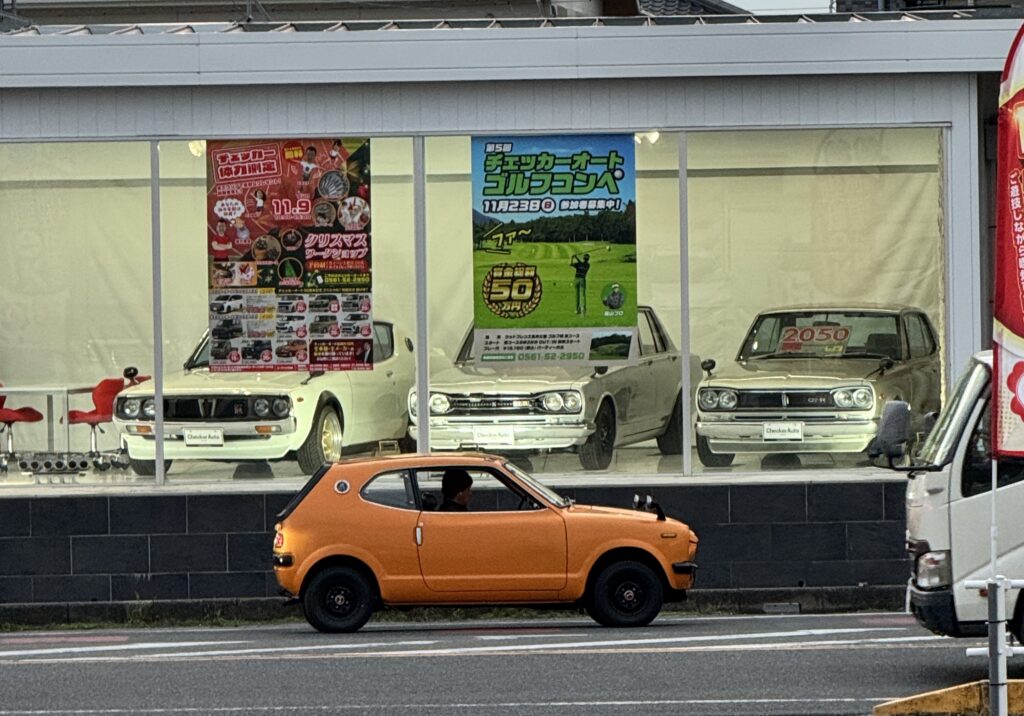
Aside from Toyota calling these parts home, the famous aftermarket specialist Liberty Walk also calls Nagoya home, as do a huge plethora of modified cars of all shapes, sizes and vintages in an area smaller than the Tokyo Metropolitan Area we Filipinos are used to.

And they honk their car horns in Nagoya that way that would make us Filipinos proud.
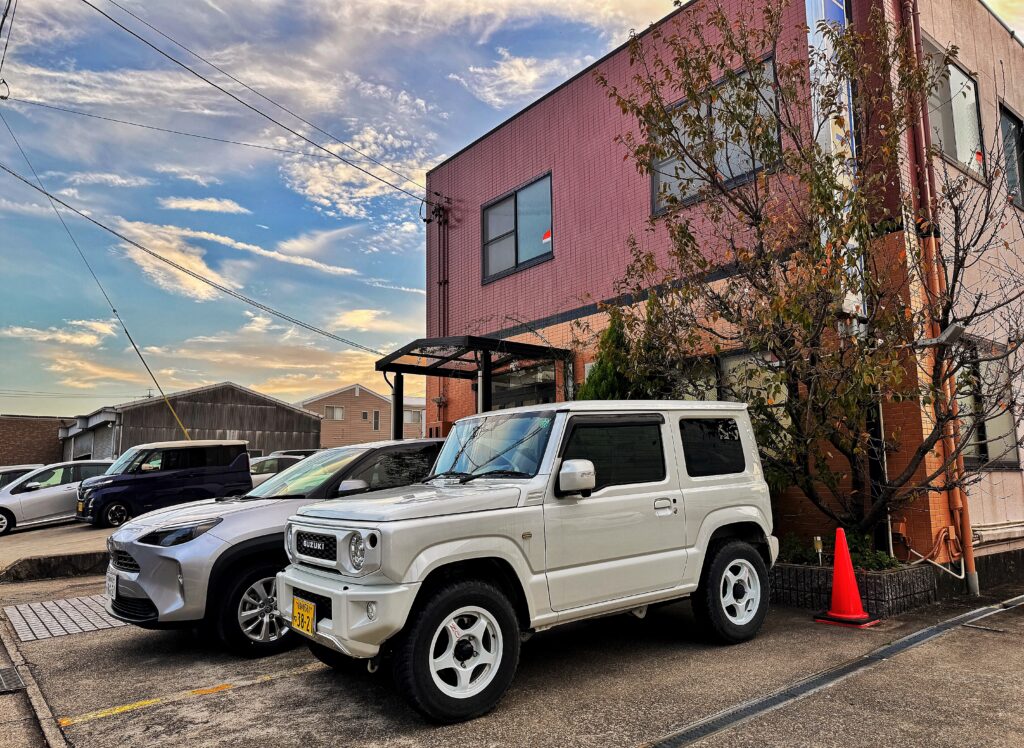
From Nagoya Station, we picked up our rental (a Toyota Prius) and drove ~18 kilometers to Nagakute City, right beside Nagoya which is the capital of Aichi Prefecture. There we find the Toyota Automobile Museum, Toyota’s main museum that focuses on cars and car culture. There are other Toyota museums which cover a wider variety of topics spread throughout Aichi.
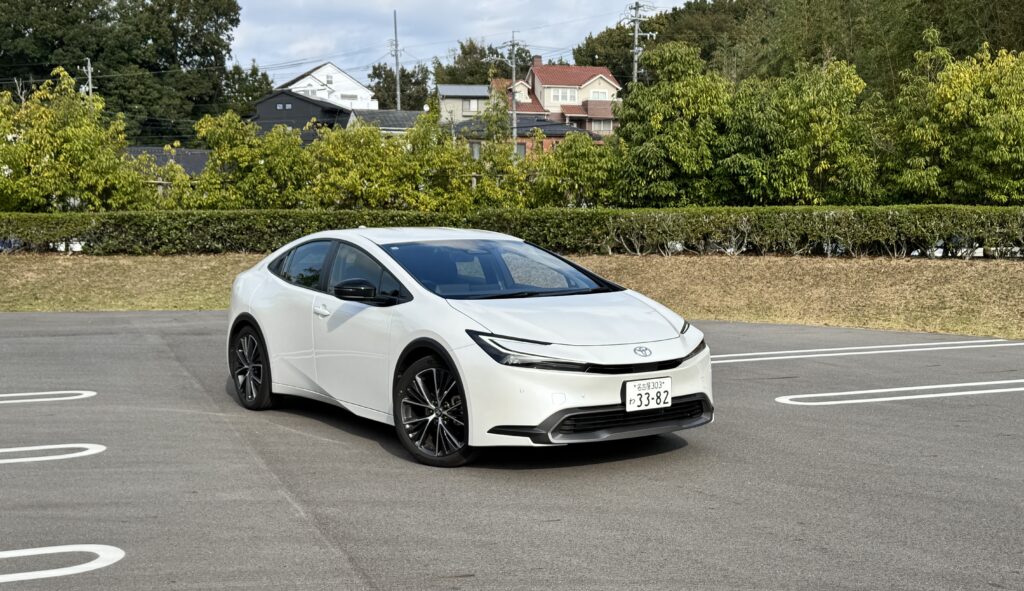
The Toyota Automobile Museum itself spans two buildings, and since the WRC Rally Japan was also happening that weekend, it was apt that the entrance showcased rally cars of old.

The main exhibit is divided into four sections over two floors, further sectioned-off into smaller displays with specific themes: the origin of the automobile, showcasing mostly the massive coach-built American cars of the turn of the 20th century, to the evolution of style through the roaring 20’s, plus the mass manufacturing of affordable automobiles, previously only for the purvey of the very affluent, which changed all thanks to the Ford Model T, perhaps the very first market disruptor in the automotive industry.
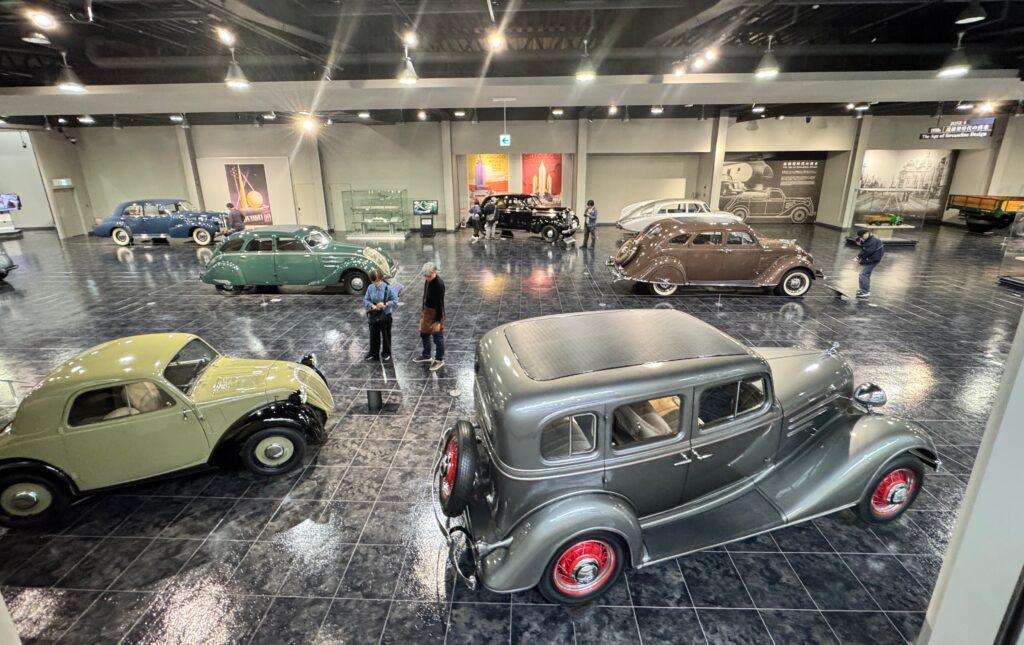
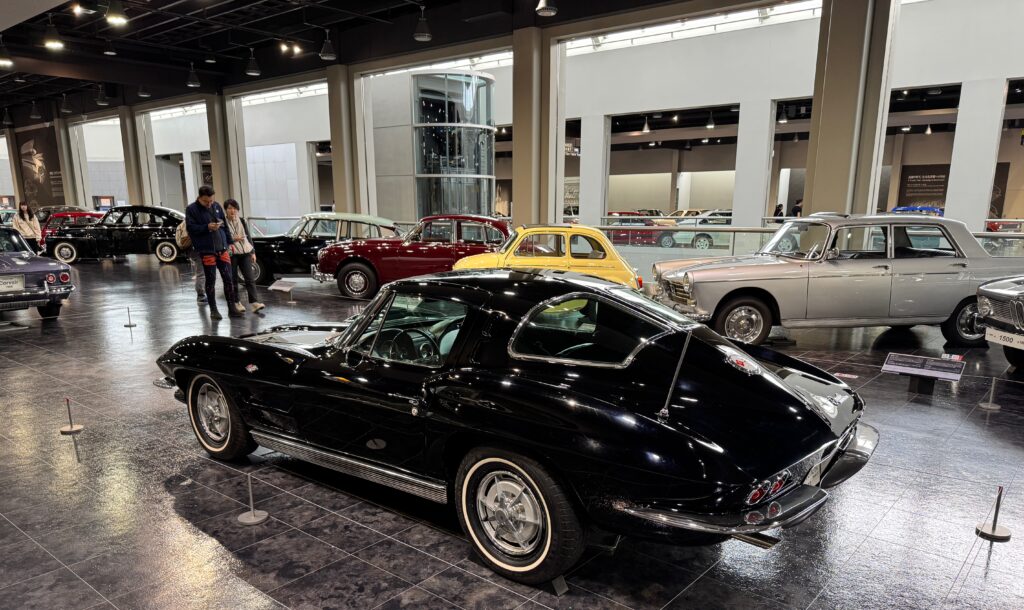
The display evolves to the dawn of the Japanese automobile industry. It was nostalgic seeing many of the small cars representative of Japan, like the Subaru 360, the Mazda R360, the Nissan Austin, the Suzuki Suzulight Model SL and more like them.
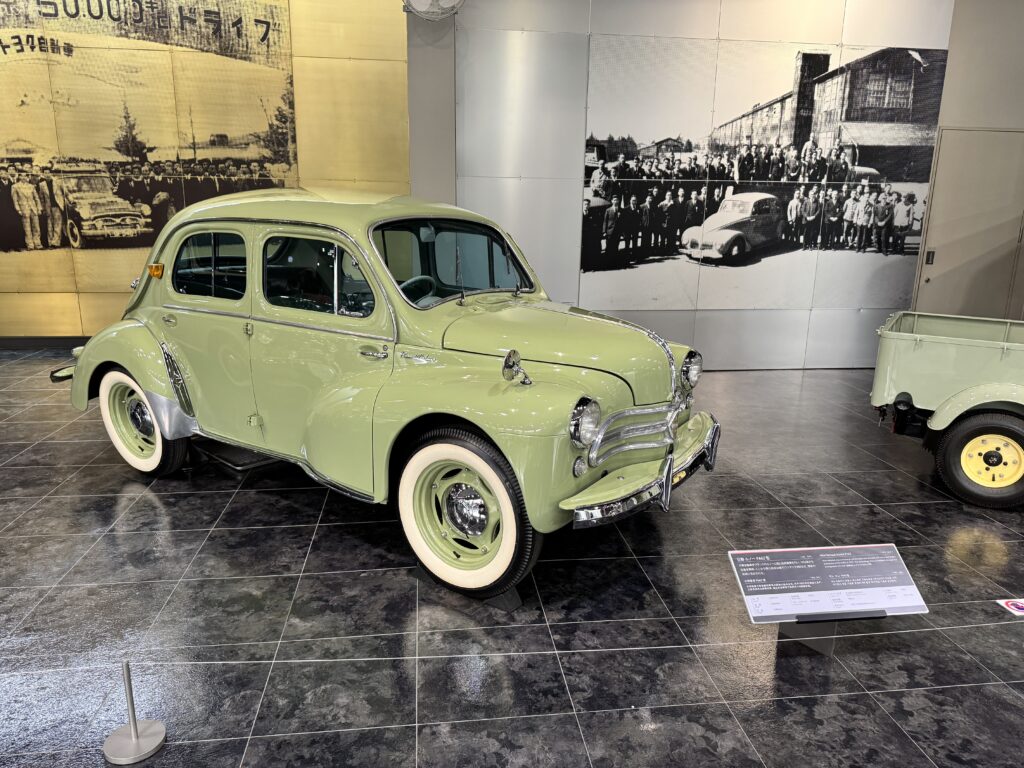


From there, the display shifts to the performance / sports car icons: the Toyota 2000GT, the Sports 800, and from Europe, the seminal Porsche 911 and the iconic Ferrari 512bbi or Berlinetta Boxer.
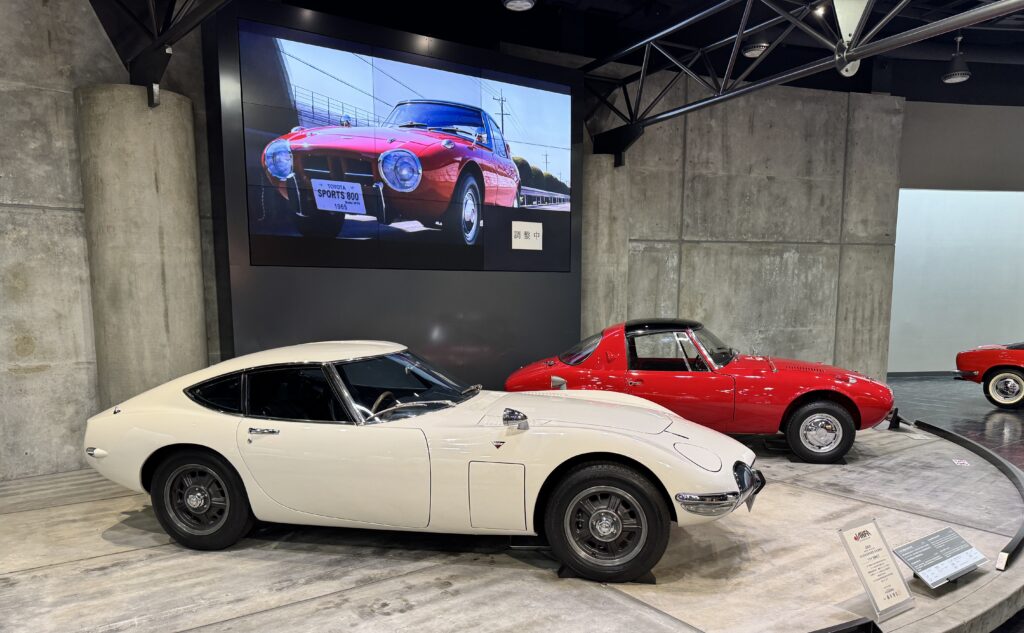

Then we move to JDM tuning car legends from the 80,s and 90’s: the Toyota Hachiroku (86), Soarer and Supra, the Honda NSX and of course the Mazda Miata MX-5.

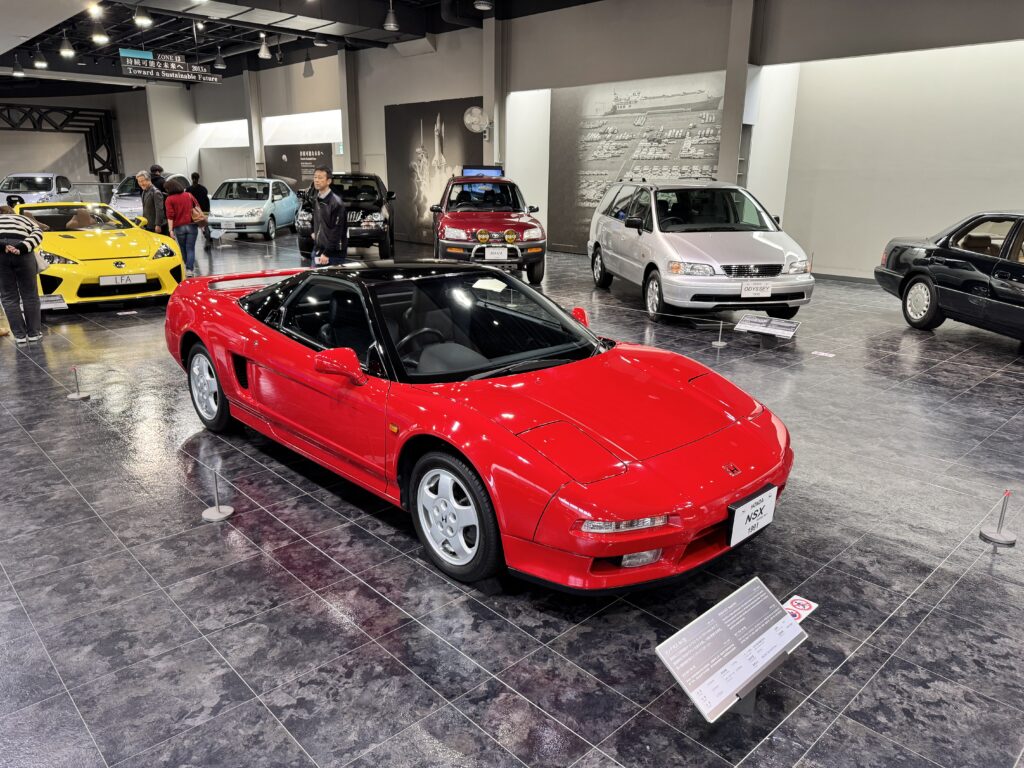

On a special note, during the Japan Mobility Show, Toyota unveiled the Century Coupe Concept. It was envisioned to be The Pride of Japan. This was however, not the first time Toyota released something aimed at distilling the essence of the Pride of Japan. History shows us that Toyota has two previous models that carried the title: the Toyopet Crown, predecessor of the Century and the Lexus LFA supercar. Do you feel there were other Toyota models that share this characteristic?

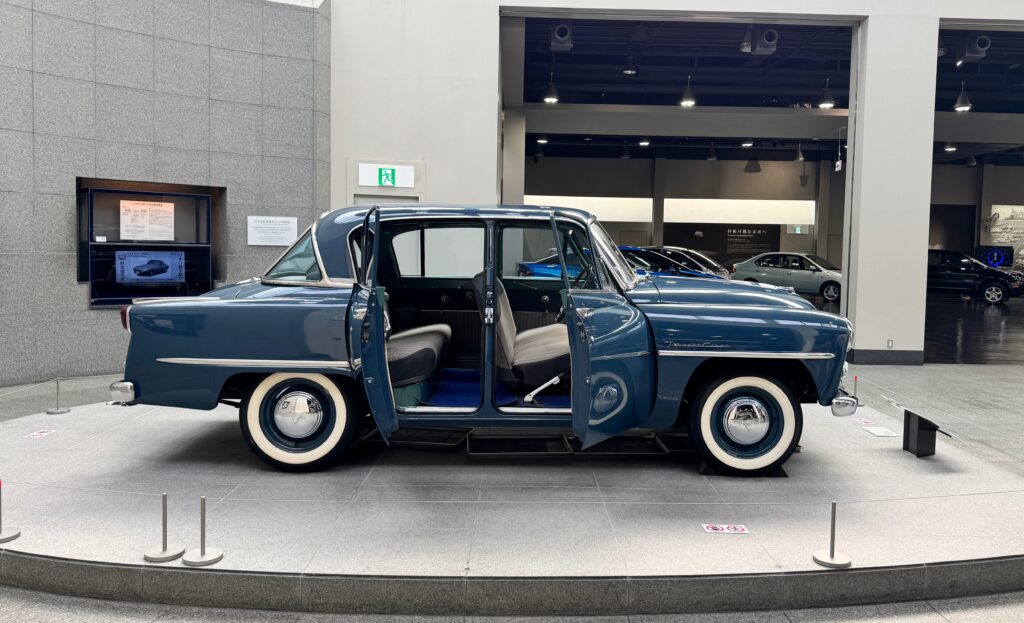
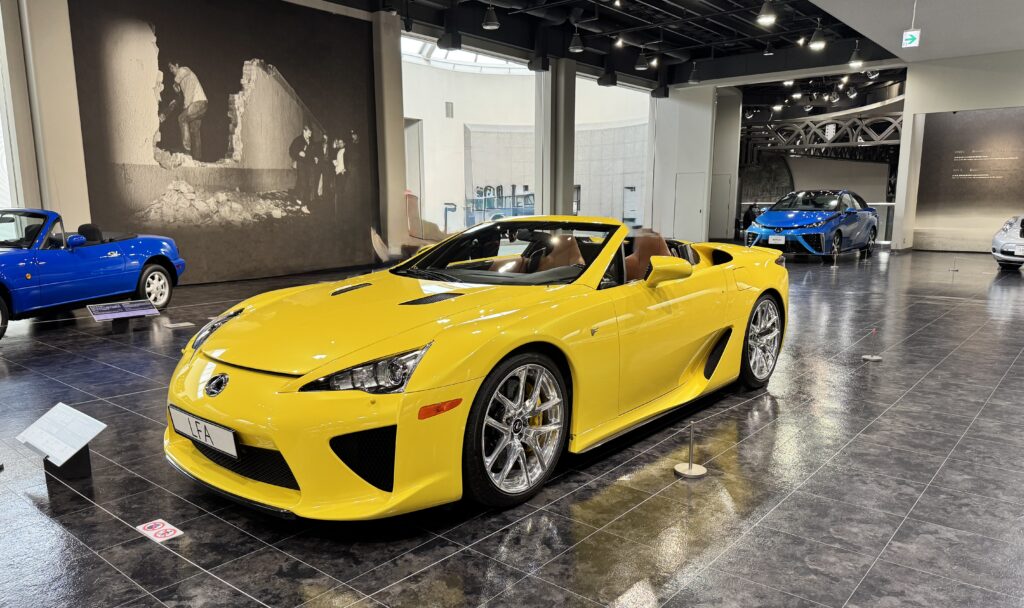

Of course, we’d be remiss not to mention other special cars like the Chevrolet Corvette, the Ford Thunderbird, the Austin Healey Sprite, the Mercedes-Benz 300SL Gullwing Coupe, the Jaguar E-Type, the BMW 2002 tii Turbo and the KPGC10 Hakosuka Skyline GTR.

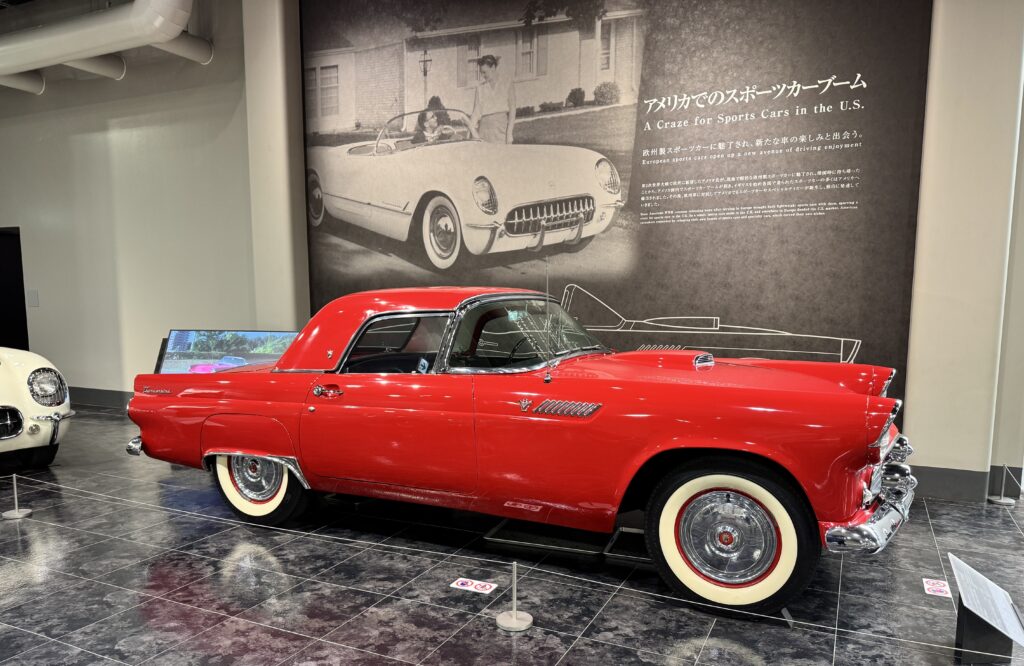

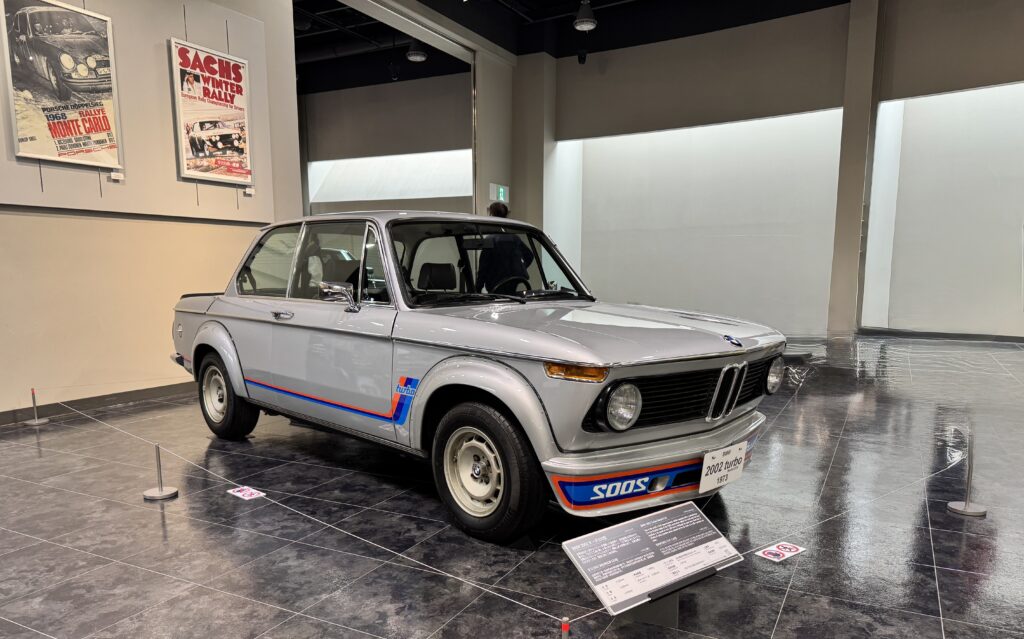

After the cars, there is another section that showcases automotive media: literature (manga mostly), posters, toys, videogames, event posters, merchandise, memorabilia and collectibles and even music.

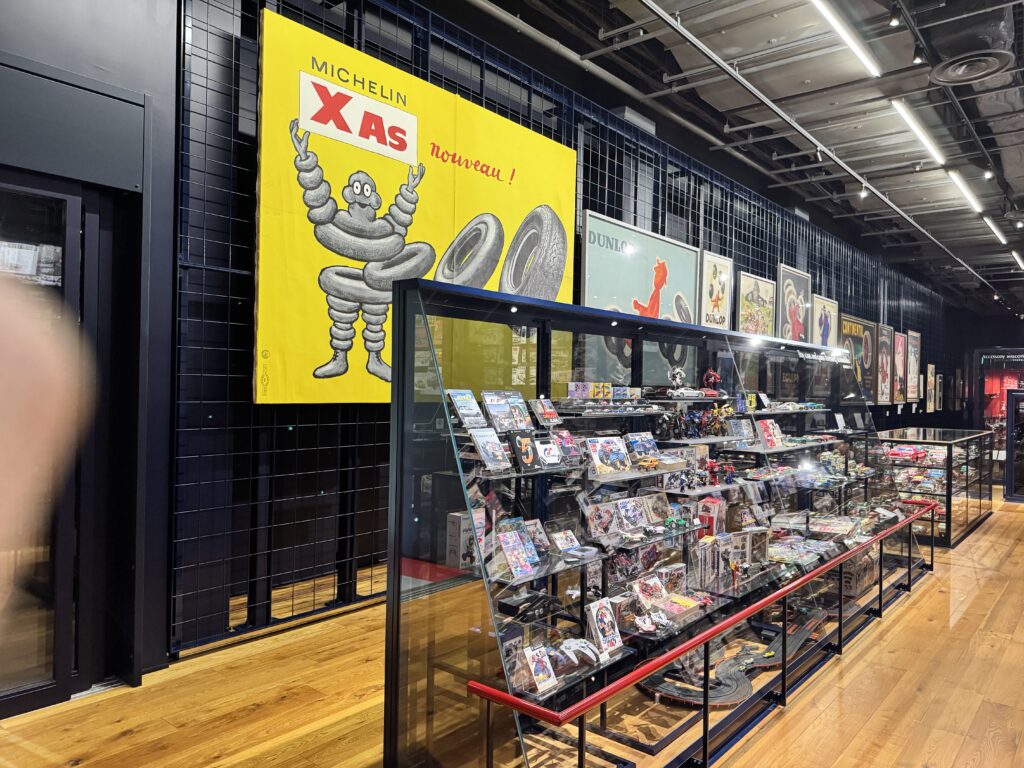
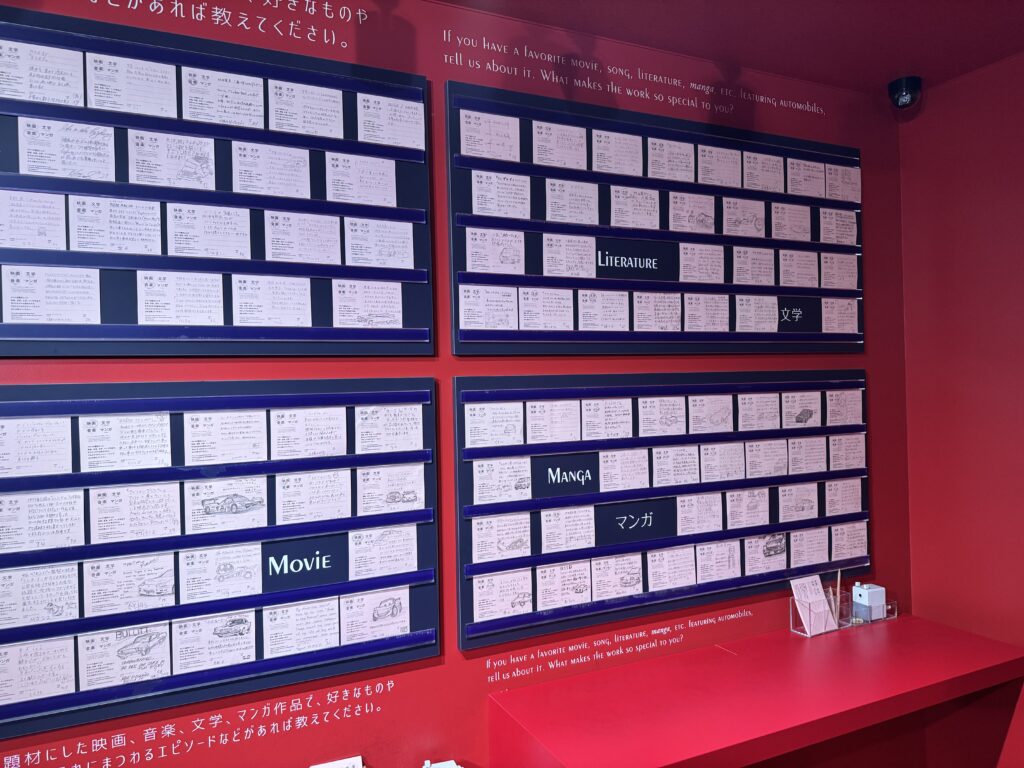
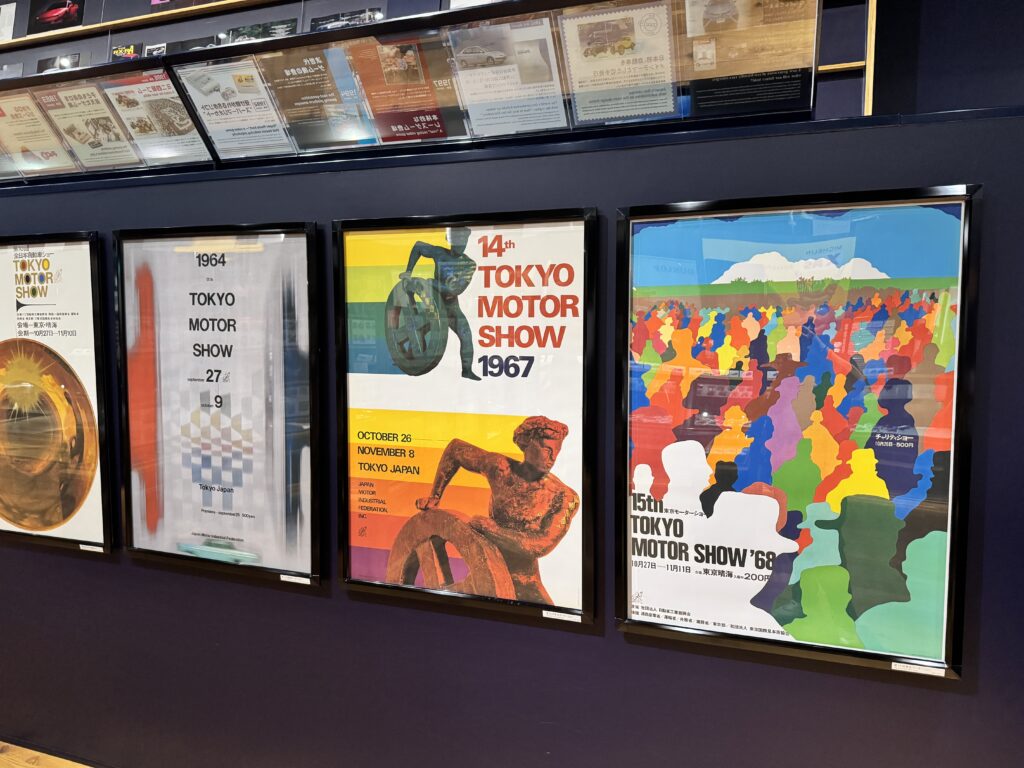
It is arguably very hallowed as part of humanity’s soul is enshrined in this particular display, manifesting the zeitgeist of each of the eras these media originated from. Heart-warming, humbling and awe-inspiring.


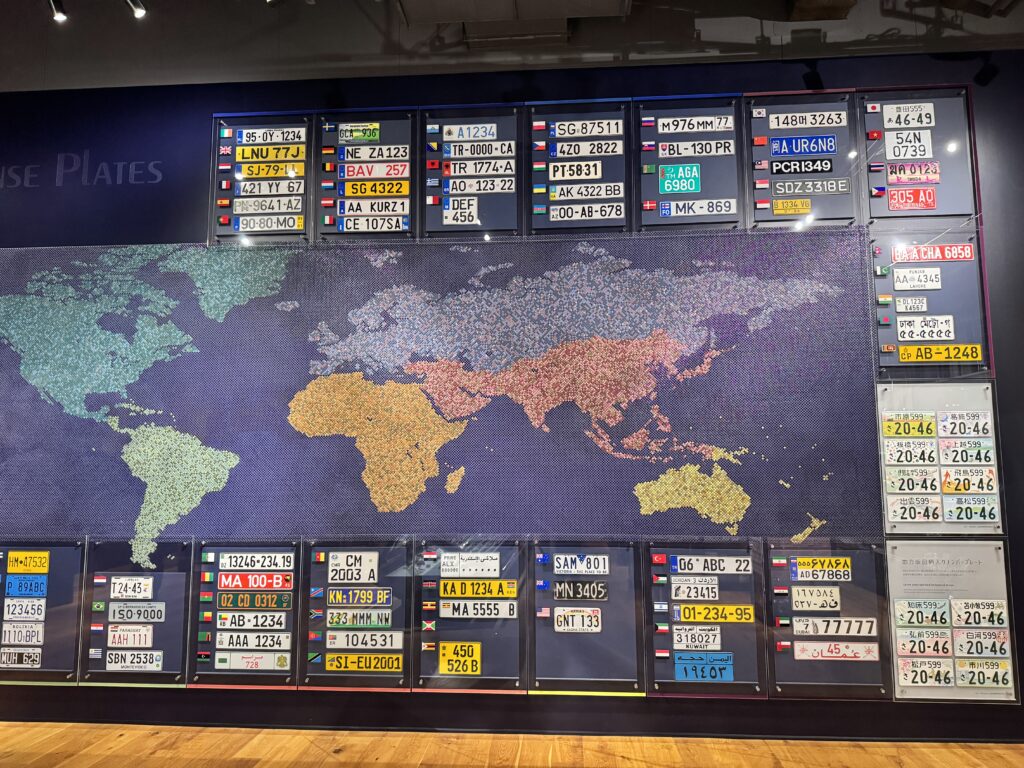
To cap it off, there was a special display at the end entitled “What’s JDM” pertaining to the subculture of Japanese car culture and how it has sparked a worldwide movement of car enthusiasts, ultimately serving as a gateway to appreciation and respect for Japanese culture and history as a whole.
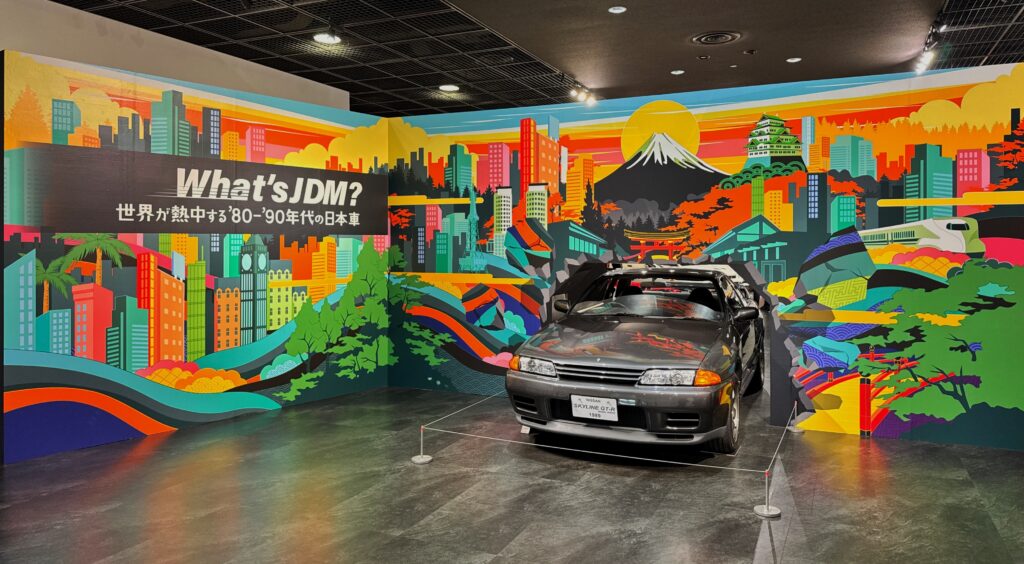
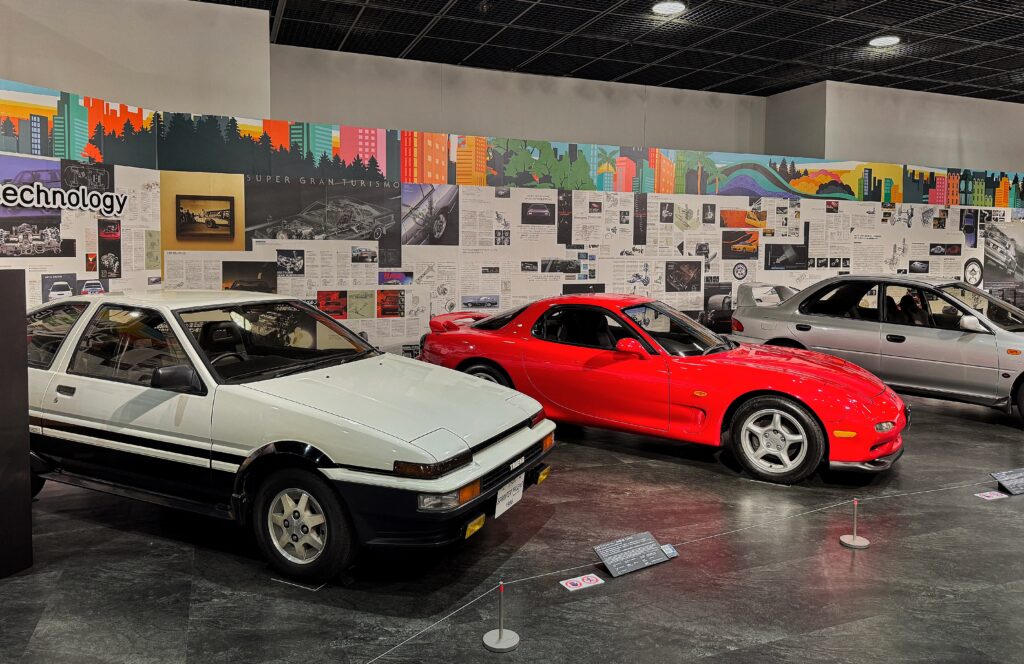

More favorite JDM tuning cars were on display, with cars made famous in movies, manga and anime in particular.


While the overall display isn’t as huge as the other museums I have been to (Mercedes-Benz Museum, Porsche Museum, BMW Welt & Musuem, Mazda Museum, Honda Collection Hall and the Nissan Zama Heritage Gallery), the Toyota Automobile Museum is more inclusive and more human: you feel the soul, the passion and rather curiously, the love for all things automobiles. You can also say that it’s about the people behind these cars as much as the cars themselves.

If you ever find yourself in Nagoya, the Toyota Automobile Museum is definitely a must-see.
